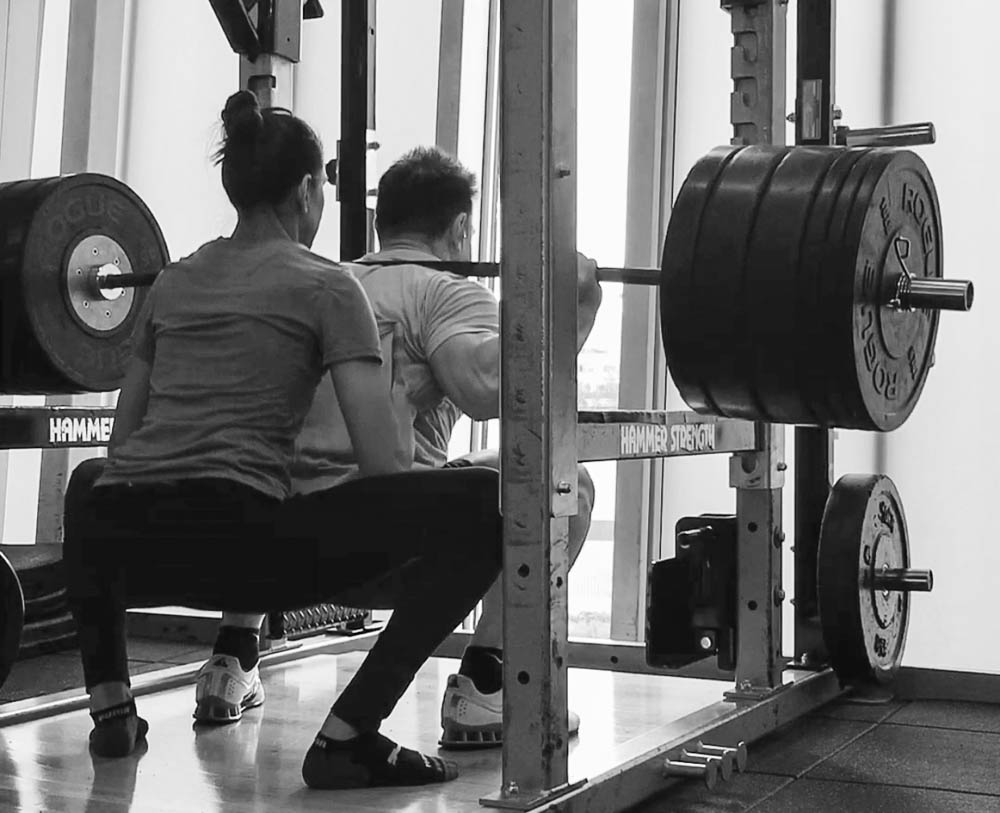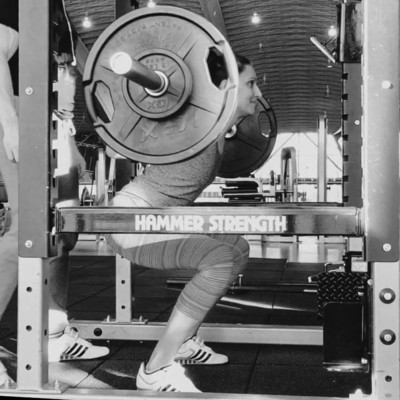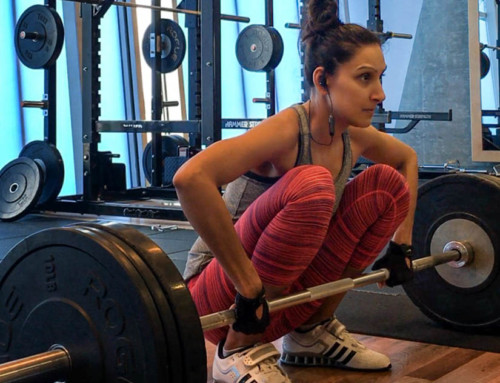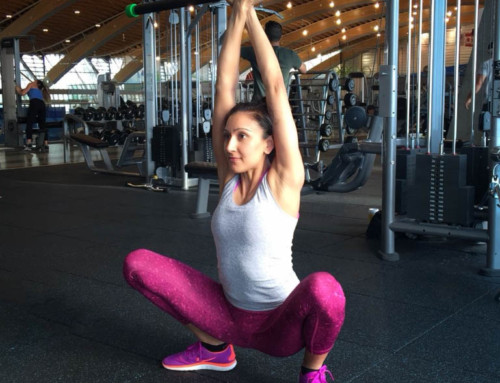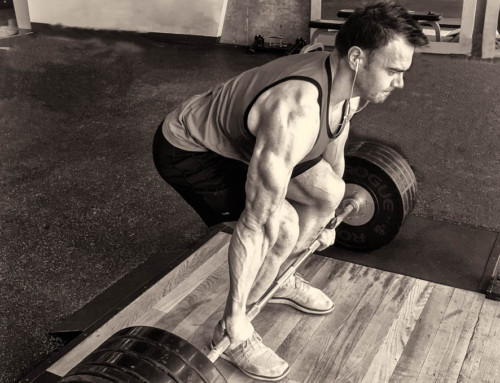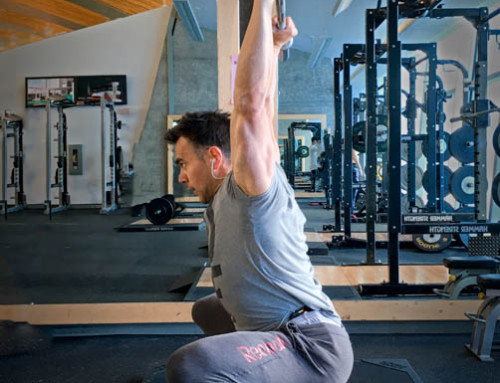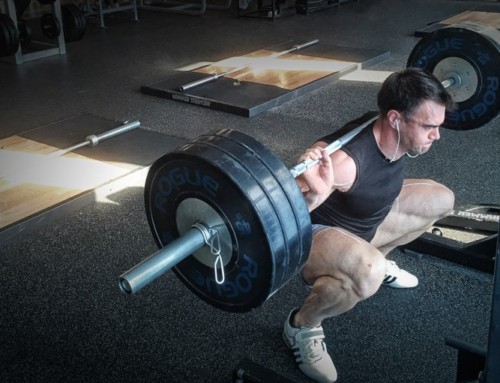We all want to improve our strength, lean body mass and develop an athletic-look in the process.
The most common question being, how can I get stronger?
If you compare successful training programs they all tend to have two things in common. One, each program progressively delivers their intensity curves; and two, all have squats as one of the main lifts.
Squat is a valuable and important body movement but, many gym go-ers simply don’t train their legs and bodies in such a way. We’ve heard all the popular excuses from “I need my legs for running” to “Squats are bad for the knees”. To counter these myths, we have compiled few simple facts that a stronger squat leads to a stronger body, greater lean mass, and steady body transformation towards a power base athlete.
We are designed to Squat
Squat is a functional movement. Every time you sit down on a chair, bed or toilet bowl and get up from that seated position—you’re performing a squat. Doing a squat activates more than just your quads; depending on the depth, foot stance and speed, different muscles engage, contribute and even become prime movers (ie: glutes in the bottom squat position) during this simple yet very involved motion. Biomechanics of squat remain the same, whether performed at bodyweight or with a loaded bar on the back. These exercises vary in intensity and slight centre alignment depending on load placement.
Another notable point is the applicability of the squat towards other activities and sports. Being a functional movement, squatting has a greater carryover effect towards athletic performance than other lower body exercises, like leg press or quad / hamstring isolation types.
Squats build Strength and Muscle
Legs are designed for strength with power engaging glutes, quadriceps, hamstrings, calves and stabilizers (adductors and abductors).
Your Central Nervous System (CNS)—aka your onboard computer—works harder than ever in order to activate muscle tissue and produce force against applied physical stress. Taxing movements of squats result in supercompensation, where the body activates several intracellular pathways such as Akt-mTOR. This pathway is currently the most studied signalling mechanism, and considered to be deciding factor for muscle hypertrophy.
The hypertrophy process depends on overall protein synthesis and degradation. During supercompensation, Akt-mTOR activates numerous intracellular biochemical process resulting in increased levels of “muscle building hormones” such as IGF-I, Testosterone and Growth Hormone. Discussed elsewhere at length, a surge of these anabolic hormones are associated with increased lean body mass.
Total Body Workout
Compound movements like squats engage the core and trunk muscles to maintain proper position and withstand the applied forces. Many still associate core with 6-pack abs (rectus abdominis) but, it’s so much more. Core includes the diaphragm, longissimus thoracis, erector spinae, pelvic muscles, transversus abdominis, multifidus and internal and external obliques. Even latissimus dorsi (lats), gluteus maximus (glutes) and trapezius (traps) are considered minor core muscles which substantially engage during the squat.
Squat also activates the arms through squeezing the bar, and chest/shoulders through the upright position and balancing the load during the movement. Knowing how to accurately perform this exercise is important as the squatting technique trains and improves other biomotor abilities such as mobility, balance, flexibility and coordination.
Strong legs and hips are especially important for older generations or anyone suffering bone density deficiency such as osteopenia or osteoporosis. There is new wave of research noting significant improvements in bone mineral density within the golden age and postmenopausal women populations from strength training—by regularly performing loaded squats.
Squats are Good for the Knees
If someone ever tells you that “squatting is bad for the knees”; immediately ask them to show you their quad development. The chances are that the same squat critic does not squat, does not understand the biomechanics of this movement, and likely knows very little about it all together. When experiencing any type of discomfort, the usual culprit is poor form, and squats are no different. Many of us begin to change the movement pattern as soon as we place the bar on the back. While others, have some mechanical limitations in form of mobility, strength or both. Yes, there are exceptions to every rule, and it comes in form of a significant lower body injury (knee) which often results in a some type of reconstructive/corrective surgery. If you have an injury history to that area, or history of knee issues (again medical), then squats may aggravate your condition. In every case, injury or otherwise, we always recommend to check with your doctor prior to beginning any kind of exercise routine.
However, for the overwhelming majority, squats are proven to be beneficial towards greater knee joint durability. The junctions where majority of the stress is accepted and distributed during squats are at the hips and ankles hence, every squatting article always discusses mobility drills for these joints. From personally performing this movement as well as coaching others to squat, no one experienced knee pains or strains. Also, numerous research reviews have repeatedly analyzed squats—every type of training protocol and squatting technique, various depths (including full depth/deep squats—another heavily debated topic)—concluding just the opposite. Research shows, squats cause connective tissue (ligaments, tendons, cartilage) inside and around the knees to adapt and become stronger and more durable, just like the muscles—supercompensation.
Squats produce Mental Strength
Squats are a taxing movement both on musculoskeletal and nervous systems. This exercise drives internal systems farther than any other movement (exception being the deadlift), requiring patience, focus, control and practice. Squats are not always fun but, they are a very effective method of building strength, lean muscle while burning fat. Another great factor is the mental fortitude. Because of such demands, squats build great mental toughness, which contributes to overall success in fitness as well as life goals.
Final Thoughts
If you want to get strong, have a balanced physique, build muscle and burn fat while looking like a power-based athlete; you need to incorporate squats into your training routine.
Squat is a functional movement that engages numerous muscles of the legs, arms and trunk to produce force. This simple movement contains technique that needs to be practiced and adapted to personal body shape and style. Each squat exercise may have subtleties but, overall biochemics activate body’s muscular, neural and metabolic systems resulting in extensive fitness benefits.
So, squat, squat well and squat often. See you on the platform!
We hoped you enjoyed this article, if so, please share it on your favourite social media so, we can get on google’s radar. Fell free to leave us a comment and start a discussion on the topic.
If you are looking to build strong, lean and beautiful shoulders be sure to check out our training books:

